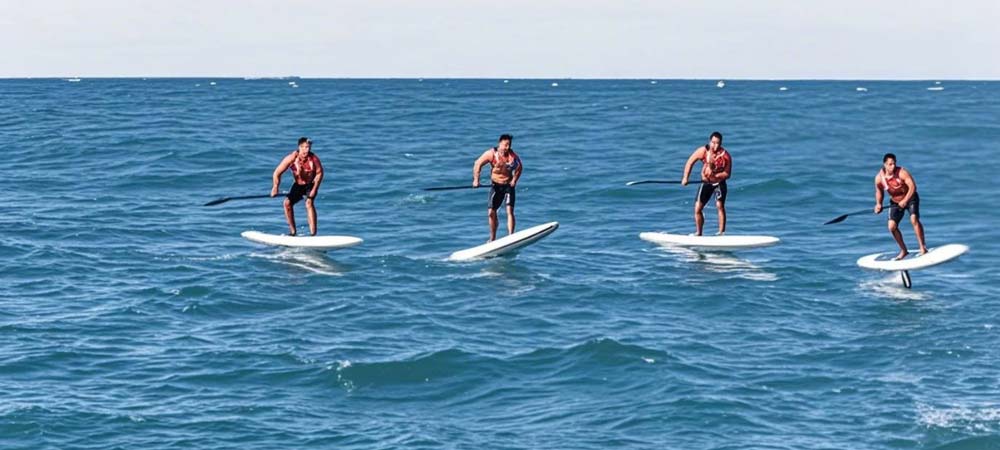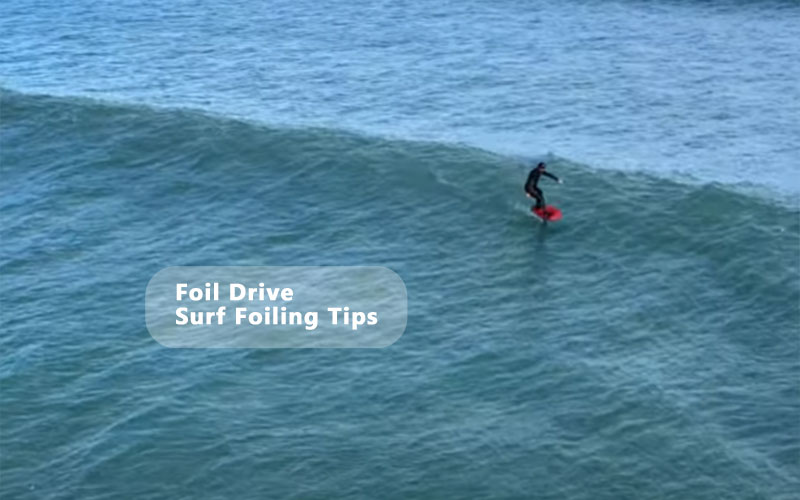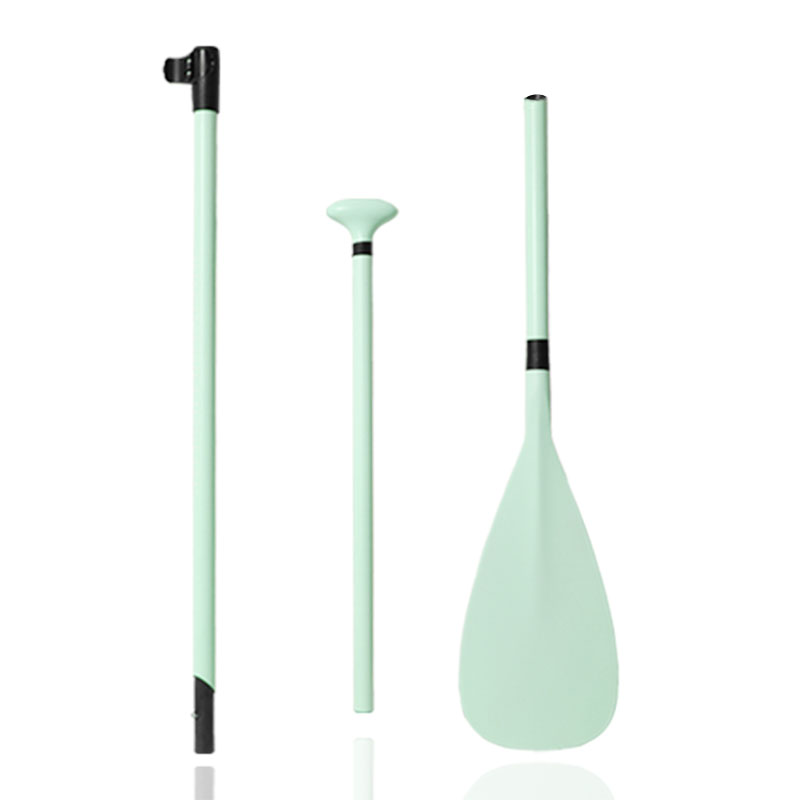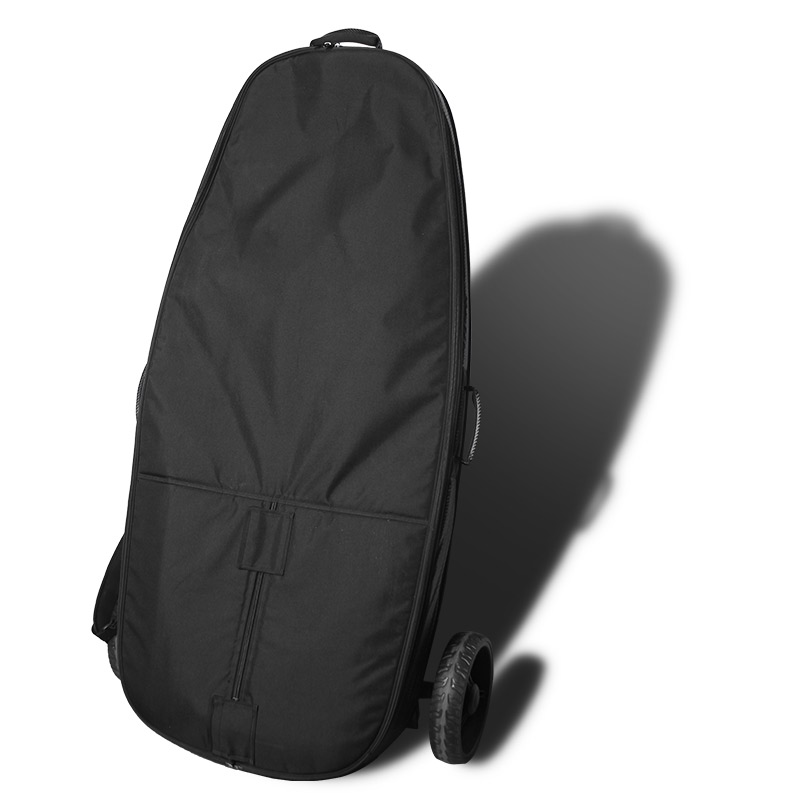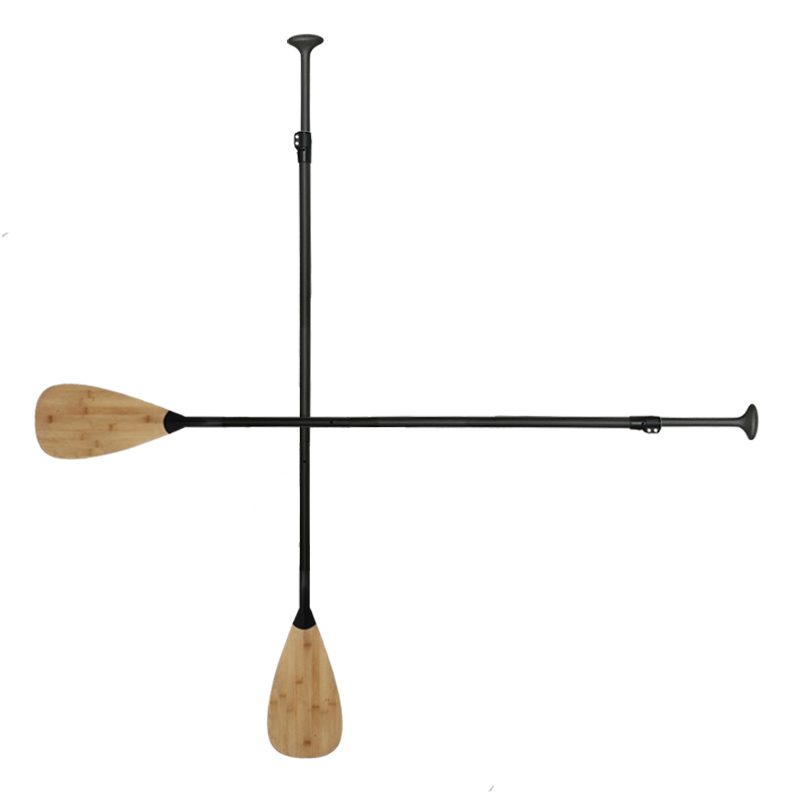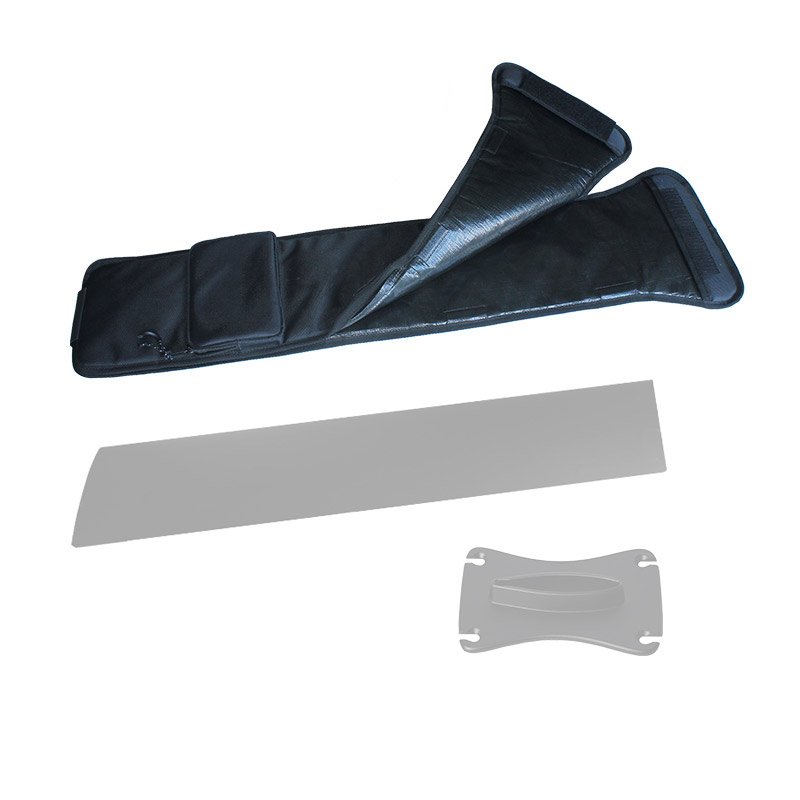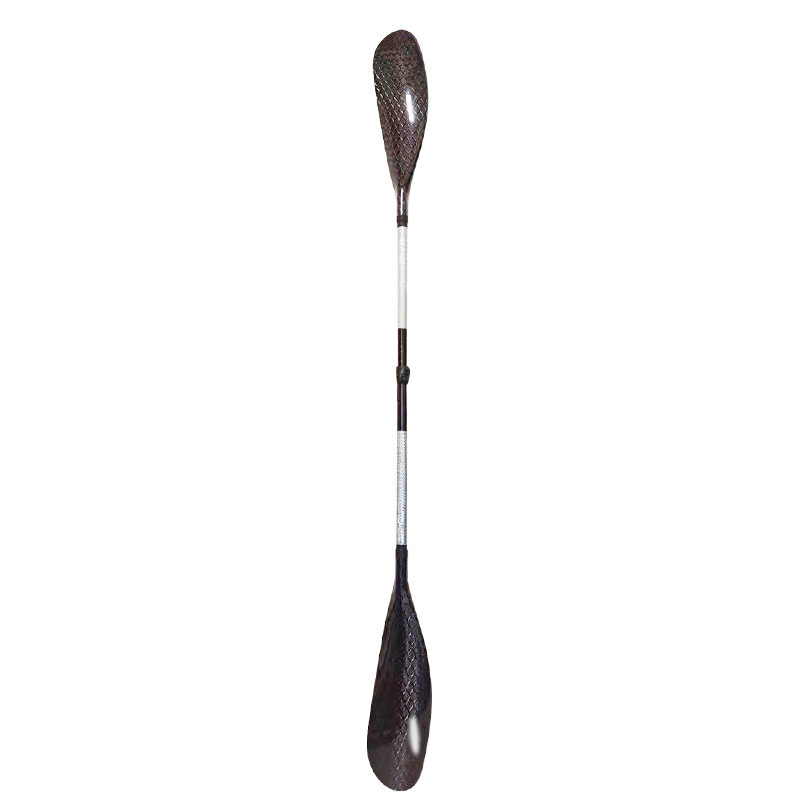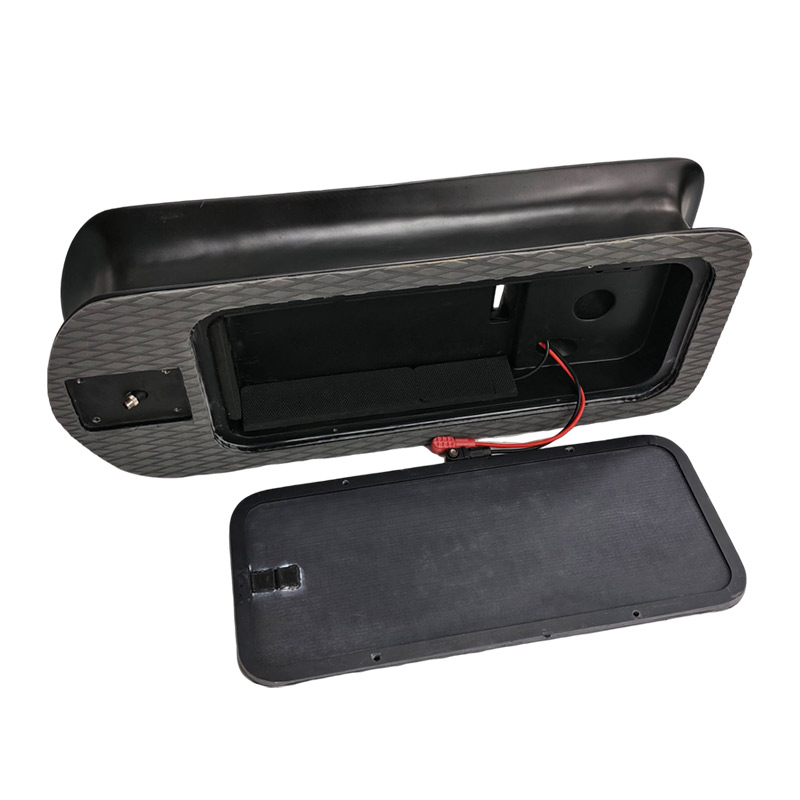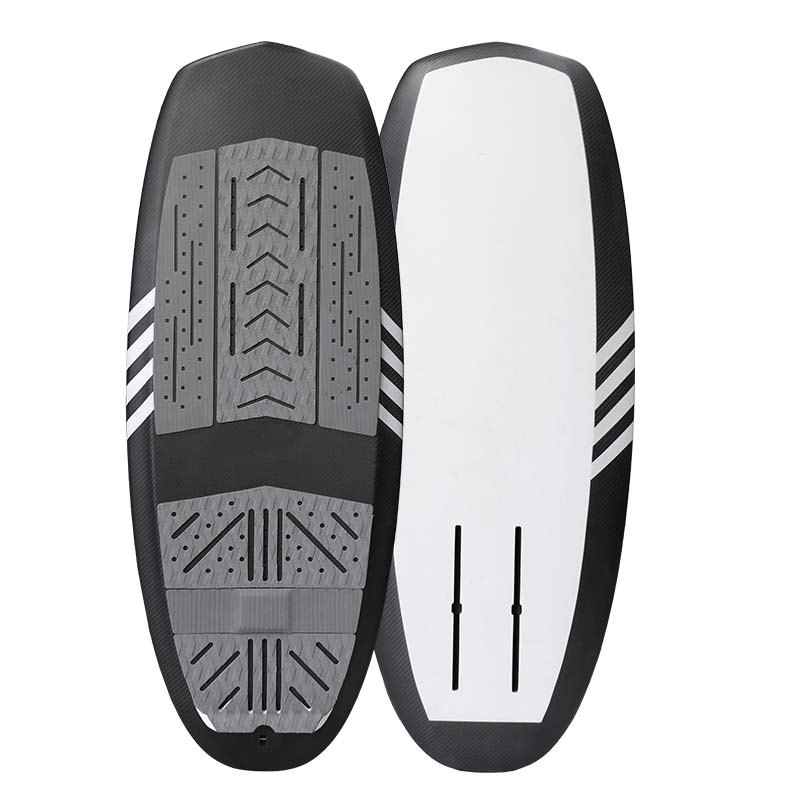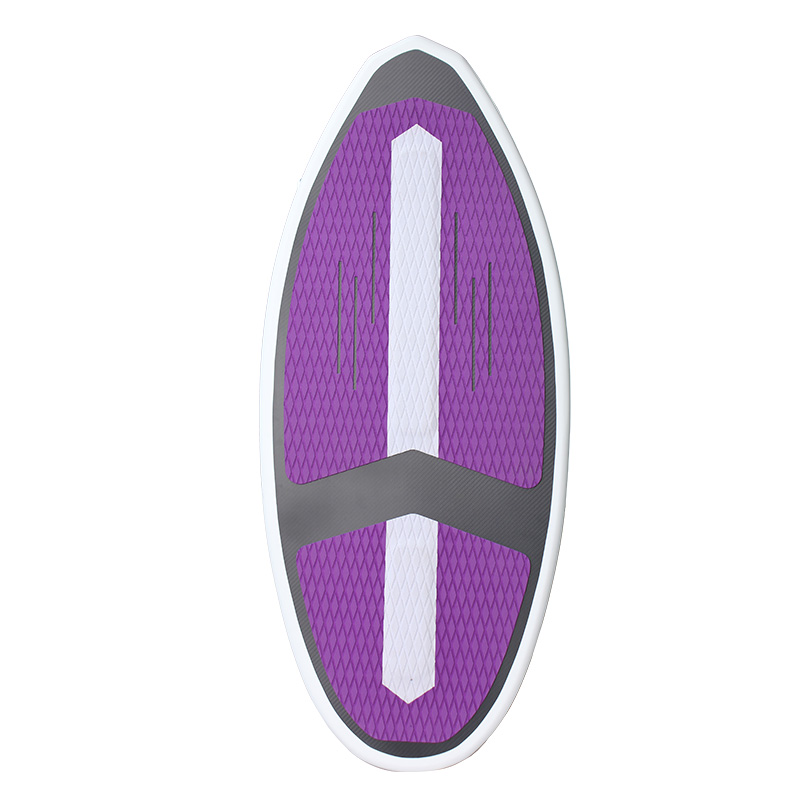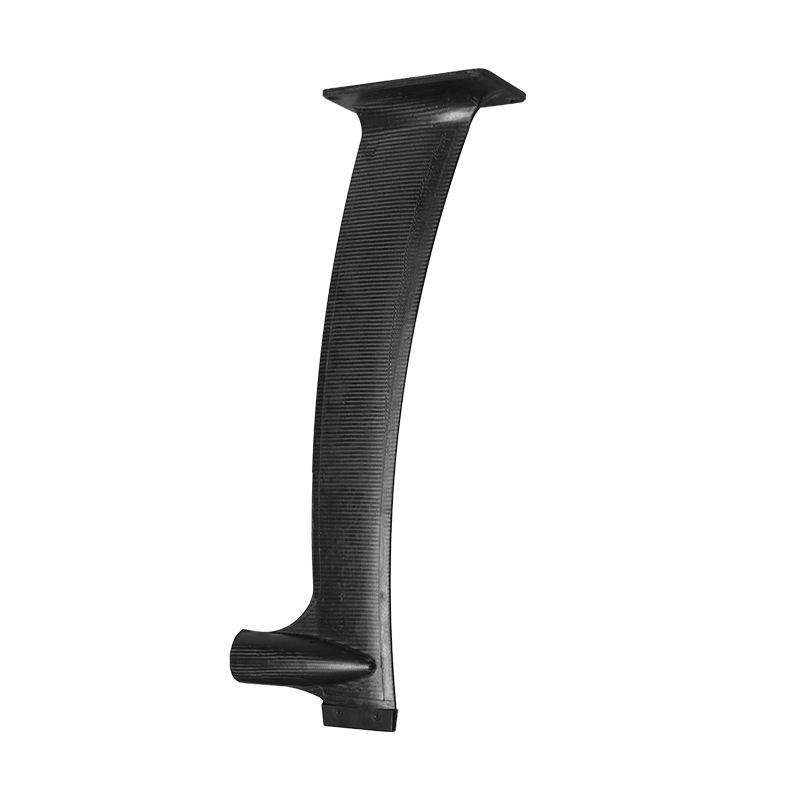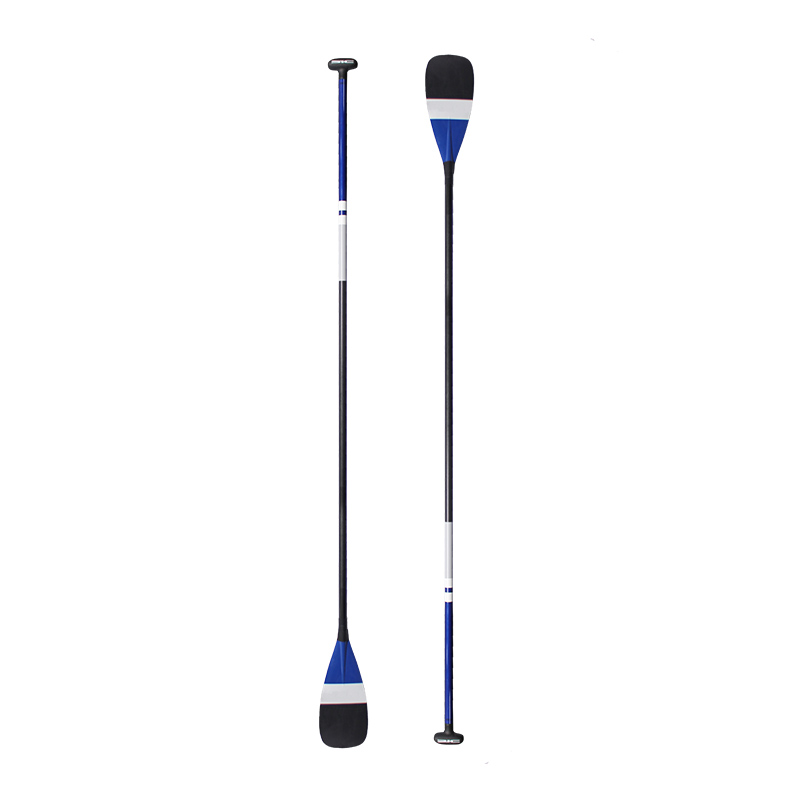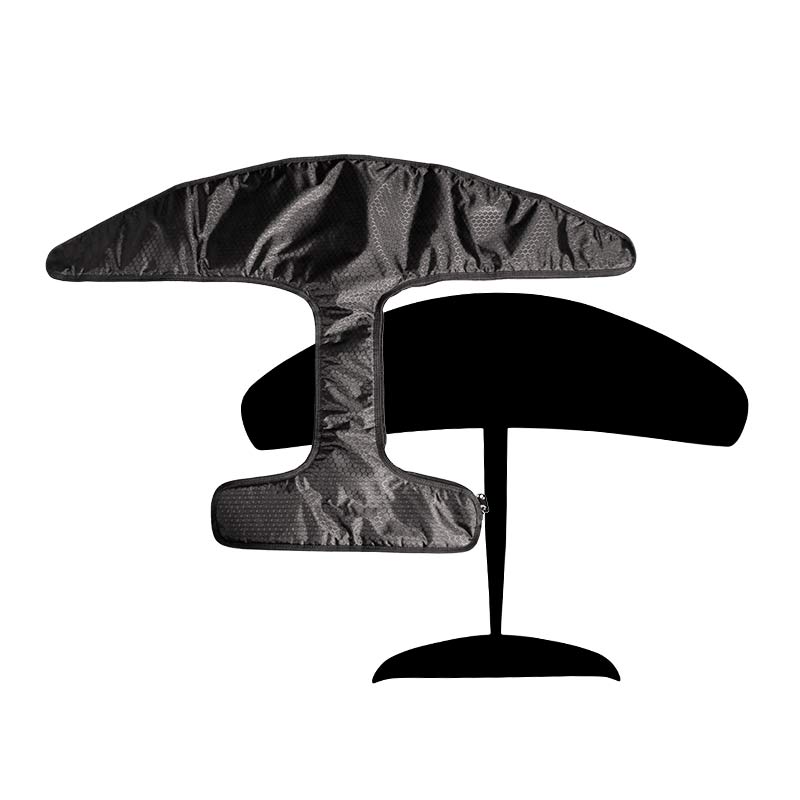Knowing the different kayak types and kayaking skills is good for beginners who want to start their water adventure. Since its inception, kayaking has been regarded as one of the “four noble sports” alongside equestrianism, golf, and fencing. It is also praised as an outdoor sport with a refined, artistic quality—calm, controlled, precise, and requiring mastery.
Kayaking is not only an alluring leisure activity but also a competitive sport that values etiquette. It is both safe and fashionable, making it a water sport that can be quickly learned and enjoyed.
This article will tell you the basic information about kayaking and hope it will be helpful to those beginners who want to start this fascinating water sport. If you are interested in custom kayak paddles or composite kayak boats, welcome to contact us for more details.
6 Different Kayak Types
Kayaking is a water sports activity that can also be enjoyed as a recreational or leisure pursuit. It involves paddling a kayak on water, typically using either a double-bladed or single-bladed paddle. The power generated by the paddler drives the kayak forward. There are different types of kayaks, in this section, we will introduce six regular kayak boat types, they contain the category of flatwater kayak, whitewater kayak, and sea kayak.
Recreational Kayaks
Recreational kayaks are a type of kayak designed primarily for casual, relaxed paddling in calm waters, such as lakes, slow-moving rivers, Island Hotel Kayak, and sheltered coastal areas. They are typically characterized by their wide, stable hulls, which make them easy to handle and provide greater stability, making them ideal for beginners and those looking to enjoy a leisurely experience on the water.
Recreational kayaks often feature a closed cockpit, providing some protection against water splashes, although there are also sit-on-top versions with open cockpits. These kayaks are lightweight and user-friendly, requiring minimal experience to operate, and they offer a good balance of speed and comfort for short to moderate paddling trips. They are versatile enough for various types of water recreation, including sightseeing, fishing, or just leisurely paddling around.
So, these kayaks often feature a closed cockpit and are the most common type, found in various parks and open water areas. They are suitable for most water environments and offer the option for calm water experiences or moderate-speed paddling.

Sit-on-Top Kayaks
Sit-on-top kayaks are a popular type of kayak where the paddler sits on top of the kayak, rather than inside it, as in traditional sit-in kayaks. This design offers several advantages, making them ideal for beginners and recreational users. The open cockpit provides easy access, increased comfort, and greater stability, especially in calm or warm waters.
These kayaks have an open cockpit and wide hull, making them suitable for a variety of water conditions. With high versatility, they are a great first-time choice, as anyone can try them. They are also very stable and ideal for beginners. The downside is that they are more exposed, so water can easily enter the kayak, and they are slower.
Sit-on-top Kayak Features
- Stability: Their wider hulls provide excellent stability, making them less likely to tip over, which is ideal for beginners or those new to kayaking.
- Self-draining: Most sit-on-top kayaks come with scupper holes that allow water to drain out of the cockpit automatically, reducing the risk of the kayak filling with water.
- Ease of use: With no need to worry about getting into a confined cockpit, these kayaks are simpler to get in and out of, making them more accessible for a wider range of users, including children and people with limited mobility.
- Versatility: They can be used in a variety of conditions, including calm lakes and coastal areas, and are often equipped with storage compartments for gear, making them suitable for longer trips or for carrying fishing equipment.
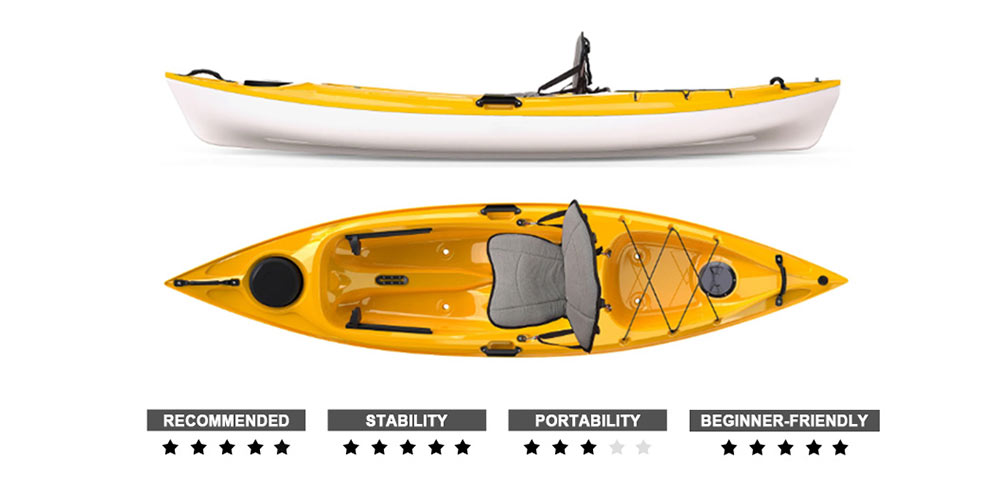
Sea Kayaks
A specific kayak type of touring kayak designed for sea or large lake use. Sea kayaks are long, narrow, and sturdy, allowing for fast movement through the water. To minimize the effects of wind and tides, they often come with a stern or skeg to aid with steering. These kayaks are fast and have two storage compartments, providing ample space. Sea kayaks are typically longer and narrower than recreational kayaks, which helps them cut through the water more efficiently, allowing for faster paddling and greater tracking (straight-line movement).
However, their narrow design makes them prone to capsizing, and beginners may find it hard to balance.
Sea kayaks are ideal for experienced kayakers or those who are looking for an adventure in open water, such as exploring coastal areas, island hopping, or going on extended kayaking expeditions. They require more skill to operate, especially in windy or rough conditions, and are not typically recommended for beginners unless they are specifically designed for easier handling.
In summary, sea kayaks offer superior performance, storage, and stability for open-water paddling, making them an excellent choice for adventurers looking to tackle long distances or more challenging conditions.

Whitewater Kayaks
A kayak type of extreme sport kayak, typically ranging from 120cm to 300cm in length, used for performing rolls and navigating rapids. These kayaks are built to be highly maneuverable, durable, and able to handle the extreme conditions of whitewater paddling. They are typically shorter, more compact, and more agile than other types of kayaks, allowing paddlers to make quick, precise moves in unpredictable and rough waters.
Features
- Shorter Length
- Maneuverability
- Durability
- Specialized Hull Design
- Cockpit Design
- Low Volume
Beginners who are unfamiliar with handling challenging river conditions. Whitewater kayaking requires specific skills and is often done in more dangerous, unpredictable environments.
In summary, whitewater kayaks are designed to be fast, agile, and durable to help paddlers navigate fast-moving, rough waters and perform tricks. They are essential for those pursuing the thrill of whitewater rafting or seeking to challenge themselves on fast-flowing rivers.

Folding Kayaks
This is a kayak type that inherits the wisdom of Eskimos, typically made of high molecular polypropylene and metal frames. The folding design makes it lightweight and portable, allowing for “grab-and-go” adventures. However, the composite plastic hull is not as durable as standard kayaks, and the internal space is minimal, with no separate storage compartments. The speed of these kayaks is also slower.

Inflatable Kayaks
Another portable type of kayak, similar to the rafts used for river rafting. They come in different sizes, capable of seating one person or several. As the name suggests, can be inflated and deflated for easy storage and transportation. These kayaks are made from durable, flexible materials like PVC or rubberized fabric, and they offer a lightweight, portable alternative to hard-shell kayaks. Despite being inflatable, they are designed to be robust and stable enough for a variety of water conditions, making them a popular choice for recreational paddlers, families, and those with limited storage space.
Ideal for group outings or family adventures. However, due to their inflatable nature, they have poor performance over rough terrain or obstacles and are mainly suitable for calm water paddling.

Basic Kayak Skills
Basic kayak skills are essential for beginners because they provide the foundation for safe and effective paddling. Mastering skills such as proper paddle grip, effective strokes, turning techniques, and balance ensures stability, control, and confidence on the water. These skills help prevent capsizing, reduce fatigue, and allow kayakers to navigate different water conditions with ease. Moreover, understanding how to handle the kayak and responding to changing water dynamics enables beginners to enjoy the sport more fully, while also prioritizing safety and minimizing the risk of accidents or injury.
Holding the Paddle
Hold the paddle with both hands, keeping your fingers relaxed and your arms loose. The paddle blades should face outward. Position your hands symmetrically, slightly wider than shoulder-width apart. Raise the paddle above your head, adjust your body, and keep your balance and spine straight with relaxed shoulders.
Getting Into the Kayak
Push the kayak into the water, ensuring it’s stable. Place your feet on the footrests and sit with your legs slightly bent.

Paddling Forward
Extend the right paddle forward near your toes, insert the paddle blade into the water, and pull it backward along the side of the kayak until it’s near your hip. Repeat this process with the left paddle.
Paddling Backward
Place the right paddle near your hip, insert the blade into the water, and push forward along the side of the kayak until it reaches your knee. Do the same with the left paddle.
Turning
To change direction, paddle on one side of the kayak—paddling on the left will turn you right, and paddling on the right will turn you left.
Stopping
To stop, simply cease paddling while maintaining balance. You can also paddle in reverse to slow down.
Exiting the Kayak
Paddle toward the shore. Once you reach shallow water, place your paddle on the deck. Grab the sides of the cockpit, lift one knee, and bring your feet closer to your hips. Stand slowly and exit the kayak.

Other Tips about Kayaking
Ten Kayaking Safety Rules
- Wear your life jacket.
- Stay alert.
- Follow waterway rules.
- Check weather conditions.
- Know your kayaking skills.
- Plan your paddle route.
- Dress appropriately for the weather.
- Avoid floodwaters.
- Steer clear of dams.
- Never stand in rapid areas.
Packing Checklist
- Waterproof Phone Case
A small waterproof case for storing your phone and other personal items. - Water Bottle
Keep hydrated; you can store it in a storage compartment or by your feet. - Spare Clothes
Bring backup clothes in case you get wet.
Common Questions About Kayaking
- Is kayaking dangerous?
For beginners, the recreational kayaks with wide hulls offer a smooth and stable ride on calm waters. With the use of a professional life jacket and lifeguards, kayaking is safer than park boating. - Can I kayak if I can’t swim?
Yes, even non-swimmers can try kayaking. If you fall into the water, the life jacket will keep you afloat, and lifeguards will ensure your safety. It’s also a great opportunity to learn swimming and kayak self-rescue skills. - Is kayaking difficult?
The difficulty varies by person, but on average, beginners can start paddling within five minutes. Unlike many other sports, kayaking is easy to pick up and is low in difficulty.
In conclusion
Understanding the different kayak types and mastering the basic kayaking skills is essential for any beginner looking to start their water adventure. Kayaking, a sport praised for its balance of leisure and competition, offers a unique combination of tranquility and challenge. Whether you are paddling on calm lakes, exploring the open sea, or navigating rapids, choosing the right kayak and learning the fundamental skills will enhance your experience, ensuring both safety and enjoyment on the water.
With proper knowledge and preparation, kayaking can quickly become an accessible and exciting outdoor activity. For those interested in enhancing their kayaking experience, whether with custom paddles or advanced kayak designs, feel free to reach out for further guidance and products tailored to your needs.





